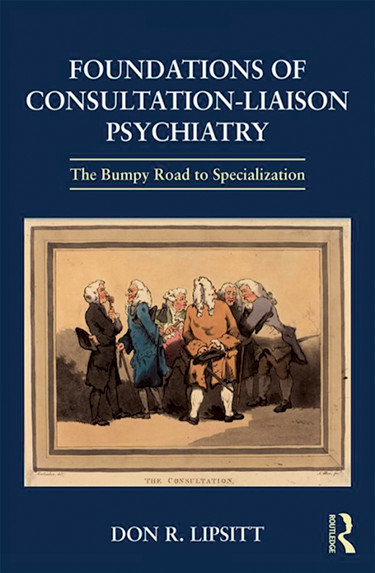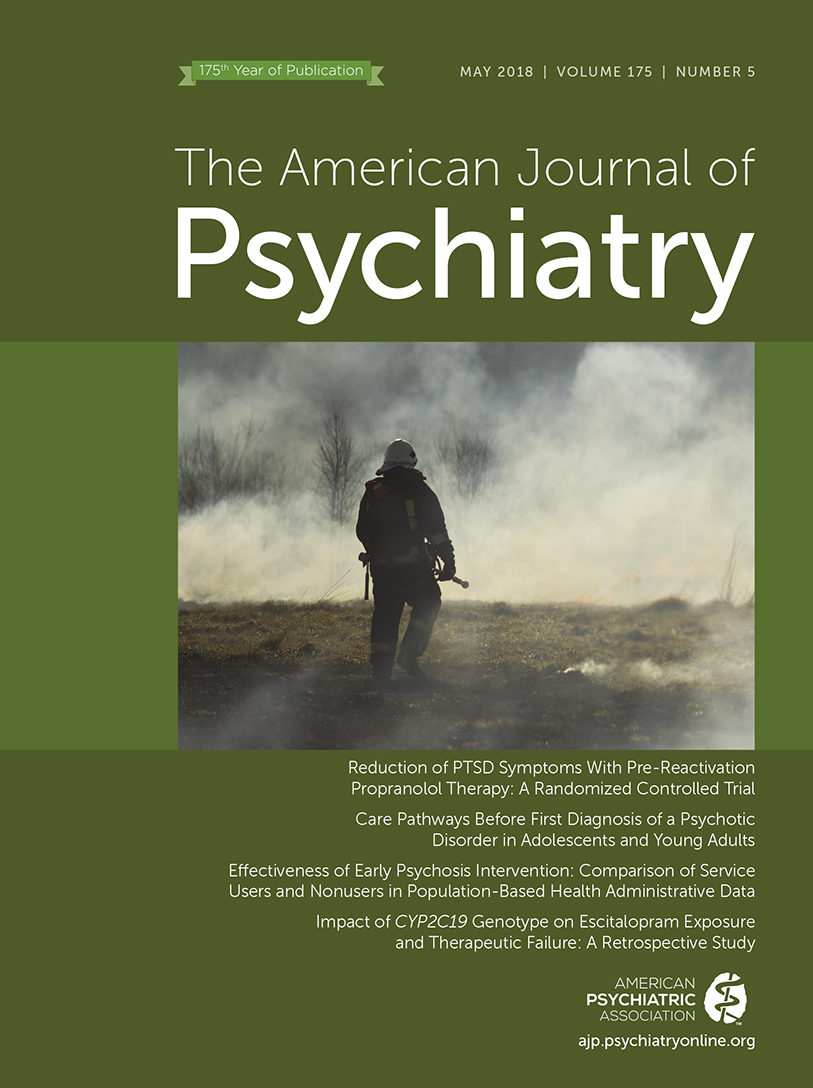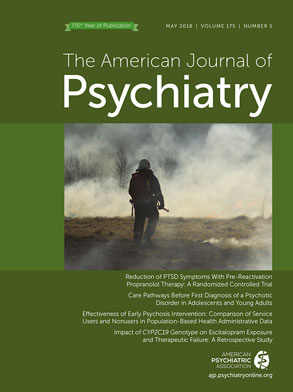Note the title of this book is Consultation-Liaison Psychiatry. To many people’s surprise, when the seventh subspecialty in psychiatry was born in 2001, it was named “psychosomatic medicine.” This name, or misnomer, is the subject of much discussion by Dr. Lipsitt. Broadly speaking, physicians practicing in medical settings favor the term consultation-liaison psychiatry, while researchers and historians favor psychosomatic medicine.
It was Dr. Flanders Dunbar, a founding mother, who first coined the term psychosomatics, calling herself a psychosomatician, who in 1939 founded the journal Psychosomatics and in 1942 established the Society of Psychosomatics (p. 241). It was Franklin Ebaugh and Edward Billings at Colorado General Hospital who, in 1939, first used the term psychiatry liaison to characterize the educational relationship of psychiatrists to interns in the general hospital. Edward Billings established the first consultation-liaison service in the United States and coined the term liaison psychiatry.
The book is divided into four sections. In the first section, called Seeds and Roots, Dr. Lipsitt describes consultation-liaison psychiatry as heir to the prominent vestiges of philosophy, physiology, psychoanalysis, psychosomatics, and epidemiology, and he devotes a chapter to each of these disciplines, making a good case for the complexity of our subspecialty.
The second section, called Crises and Benefactors, highlights the importance of philanthropy and viable financial models. In 1937, Dr. Edward Billings was the first to calculate the cost and value of consulting a medical patient in the general hospital. At that time, the average hospital stay cost $52, and a psychiatric consultation shaved off $4.68 (p. 146)! Philanthropy was most prominent through the Rockefeller Foundation and the Josiah Macy Jr. Foundation, which was founded by Kate Macy Ladd. These foundations funded the development of many psychiatric departments and their clinical programs, beginning in the 1930s when psychiatrists were abandoning asylums and beginning to practice in general hospitals. Grants and seed money supported basic science research such as neurophysiology. Kate Ladd met Flanders Dunbar, and through their collaboration, the Macy Foundation supported “medical research promoting a concept of healing which saw the patient as a complete individual, healthy only when he possessed a wholesome unity of mind and body” (p. 163). Today, with less philanthropy and less research funding, the debate continues about how to justify and fund our services, despite the continued evidence of overall cost savings and improved patient care outcomes.
The third section, called the Process of Specialty Recognition, and the fourth section, called Post-Specialization, describe the process of birth and development of our subspecialty. In his personal development, Dr. Lipsitt credits many mentors, including one woman, Dr. Grete L. Bibring, who was chief of psychiatry at Beth Israel Deaconess Medical Center in Boston. She was steadfast in her decision not to have inpatient psychiatry beds and not to permit the house physician from relinquishing responsibility of the care of the patient (p. 17), a sentiment toward which I have great sympathy.
Don Lipsitt wrote this book over a 30-year span and has lived this history with deep fondness for the journey. He traces the origins of our specialty to the beginning of psychiatry, when there was no designation of psychiatrists, when we were all general physicians. Then in 1844, a group of superintendents of 13 insane asylums met to ponder their fate, and so began the organization called the American Medico-Psychological Association, later to become the American Psychiatric Association in 1921. In the 1970s, the Committee on Psychiatry and Medical Practice changed its name to the Committee on Consultation-Liaison Psychiatry and Primary Care Education. This change foreshadowed the current integration of psychiatry and primary care.
In 1943, academic psychiatrists endorsed the view that psychosomatics is not a specialty but rather a point of view that applies to all of medicine and surgery. “When the integration is complete, we may not have to use the term, for good medicine will be psychosomatic” (p. 207). As a parting shot against the name, Lipsitt quotes Wessley in 2011 as saying, “Today the word psychosomatic remains etymologically impeccable, but practically useless, since in popular usage psychosomatic is all psych and no soma” (p. 242). However, for those of us in the trenches, doing clinical work and research and focusing on educating whoever will listen to us, the debate about what we are called seems historical and remote, although I hear that our name change has been approved. We are now officially, again, consultation-liaison psychiatry. Dr. Lipsitt, rejoice!


